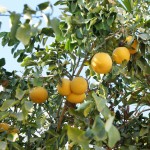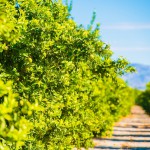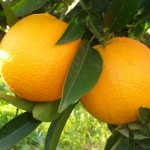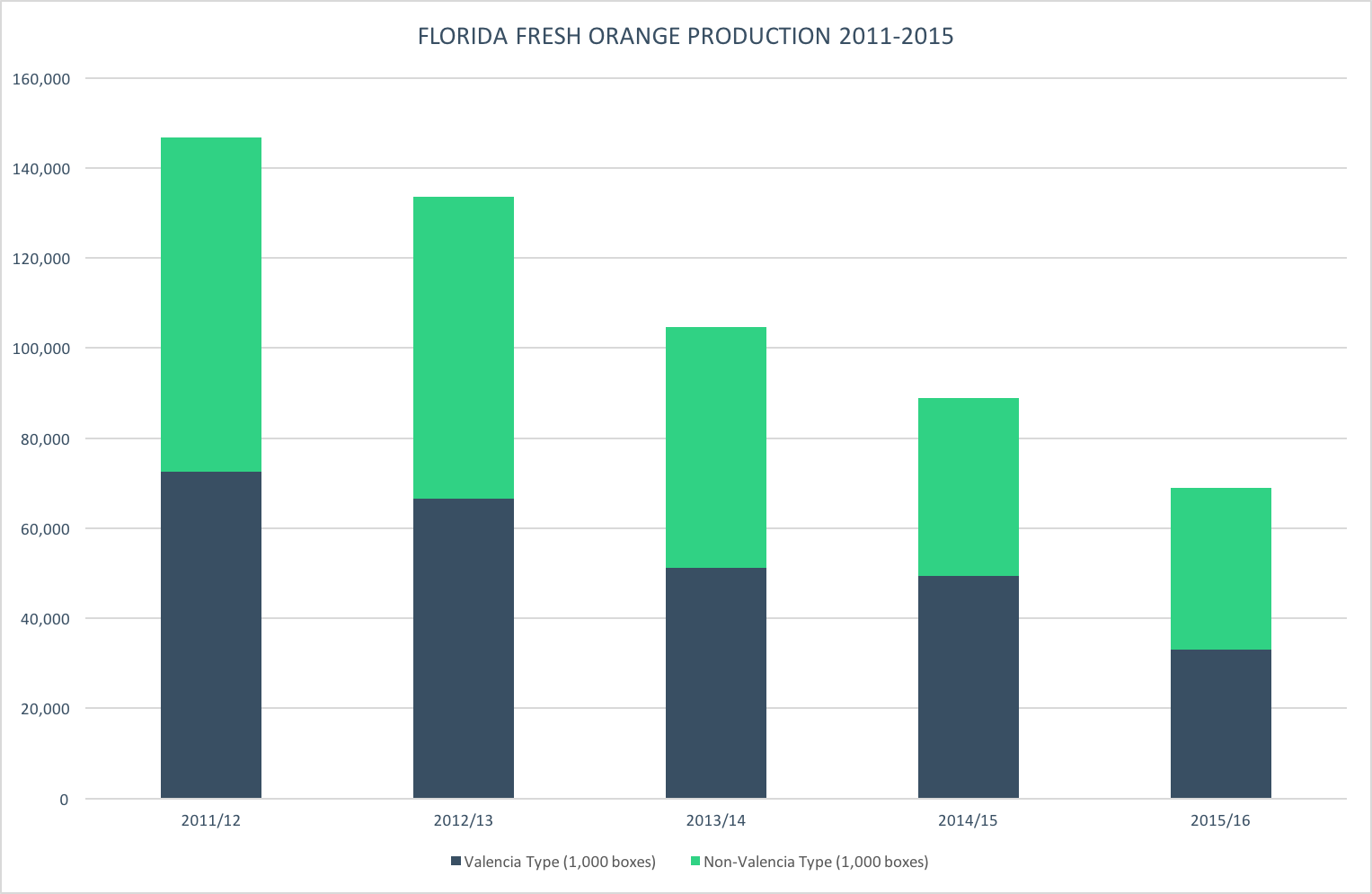Orange Oil CP
Citrus sinensis
Harvest: July - December
In 2014 orange oil exports from Brazil became a 100-MILLION-DOLLAR BUSINESS as average prices hit historical highs. In 2015 those trends have continued but while total exports maybe down on last year, average export FOB prices continue to rise.
The highest monthly average export FOB price ever recorded was in July 2014 at $6.56 /kilo but the average yearly prices peaked in 2015 (based on averages up to the end of Q3). Again in July 2015 average prices were at their highest at levels of $6.25 /kilo. During Q4 2015 prices have continued to rise and will continue to do so throughout the first half of 2016.

The table shows how the average monthly export prices have continued to rise over the past 2 years and our 2016 forecast is based on the major producers 2016 contract prices. As last year’s contracts close and the 2016 contracts start the increase gradient expected in average export prices is likely to rise in excess of $7.00 /kilo on average.
We need to also consider the fact that the bulk of exports are in multiple container / tanker loads which lowers the average price and doesn’t always reflect the day-to-day pricing in the general markets which could be as high as 25% more for smaller shipments also factoring in handling and traders margins etc. but these average FOB export prices give you a trend of what is happening locally.
The fear at the moment comes with the stories emanating from South America, which don’t make for happy reading. So as we look towards the rest of 2016, what are the experts advising?
Earlier in the year Fundecitrus produced figures disclosing the fruit estimates for the year, covering the growing areas along the citrus belt comprising the state of São Paulo and the Minas Triangle region in Minas Gerais. They calculated:
- Total number of oranges bearing trees is 174.13 MILLION TREES
- Average projected productivity for the 2015/2016 season is 1.60 boxes of 40.8 kg per bearing tree
- Estimated total production of oranges in the 2015/16 season: 278.9 MILLION BOXES of 40.8 kg each
This estimate of 278.9 million boxes produced, is greater than the USDA’s estimate earlier in the year of 245 million boxes but significantly down on previous years.

Unfortunately, 30% of the blossoming happened in fruits from the third and fourth bloom which means a large part of the 2015/16 crop will be from late fruits which have low juice and yields. Most of these are COMMERCIALY UNSUITABLE FRUITS for processing which may be why there has been so many delays or mixed messages from producers at origin as they come to terms with these changing conditions?
Today Citrus BR is reporting lower than average brix levels for current harvests due to ‘ELEVATED RAINFALLS observed during the summer and autumn of 2015 in the Brazilian Citrus Belt’. It also goes on to warn the market about the current threat of El Niño with the following statement.
‘The weather forecast from several meteorologists are already predicting and weekly confirming that the influence of EL NIÑO will be observed in South America, from early September to January 2016. EL NIÑO BRINGS HIGHER THAN THE USUAL AVERAGE PRECIPITATION FOR THE CITRUS BELT.
The 2015/2016 orange crop was influenced by severe weather conditions from October – December 2014, when drought and high temperatures were observed in the whole State of Sao Paulo, generating several blooms on the trees and also hampering a uniform development of the fruits.’
It is evident that we are suffering a period of uncertainty and with it high prices and a continuing lack of availability. Based on what we can see in today’s market, depleted stocks at origin and the projections for the next 6 months we do not expect the situation to improve. In fact it may well get more difficult for those of us looking to secure our short to medium term supply of orange oil.
Market prices USD 8.50 – 9.25 /kilo
 Ultra International B.V.
Ultra International B.V.
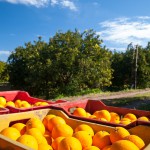
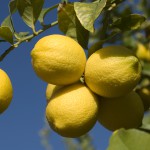

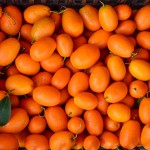
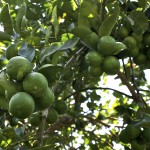
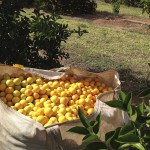


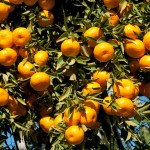
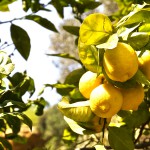
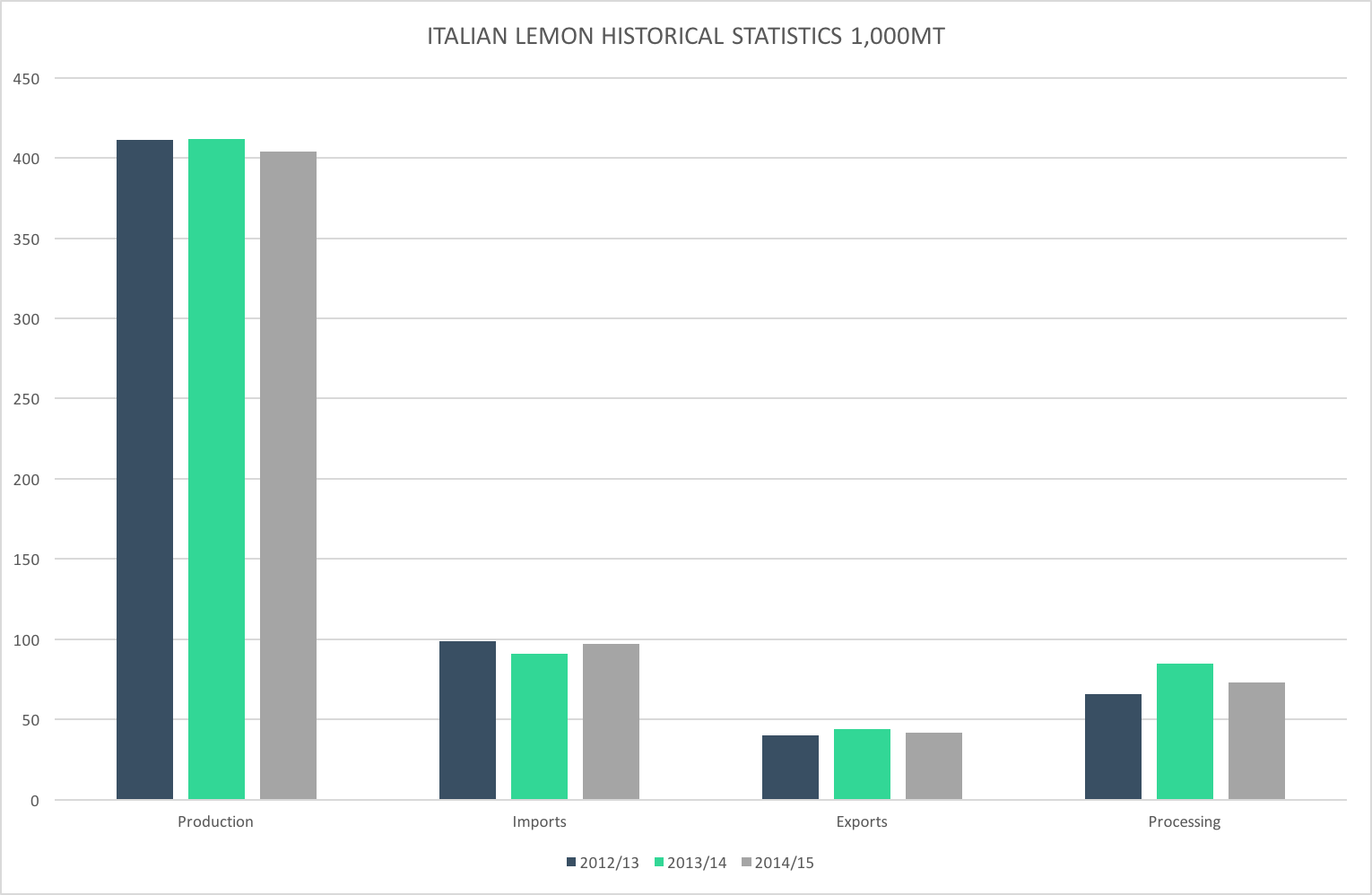
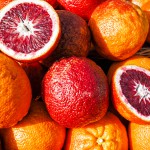
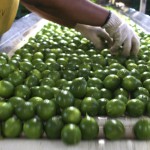
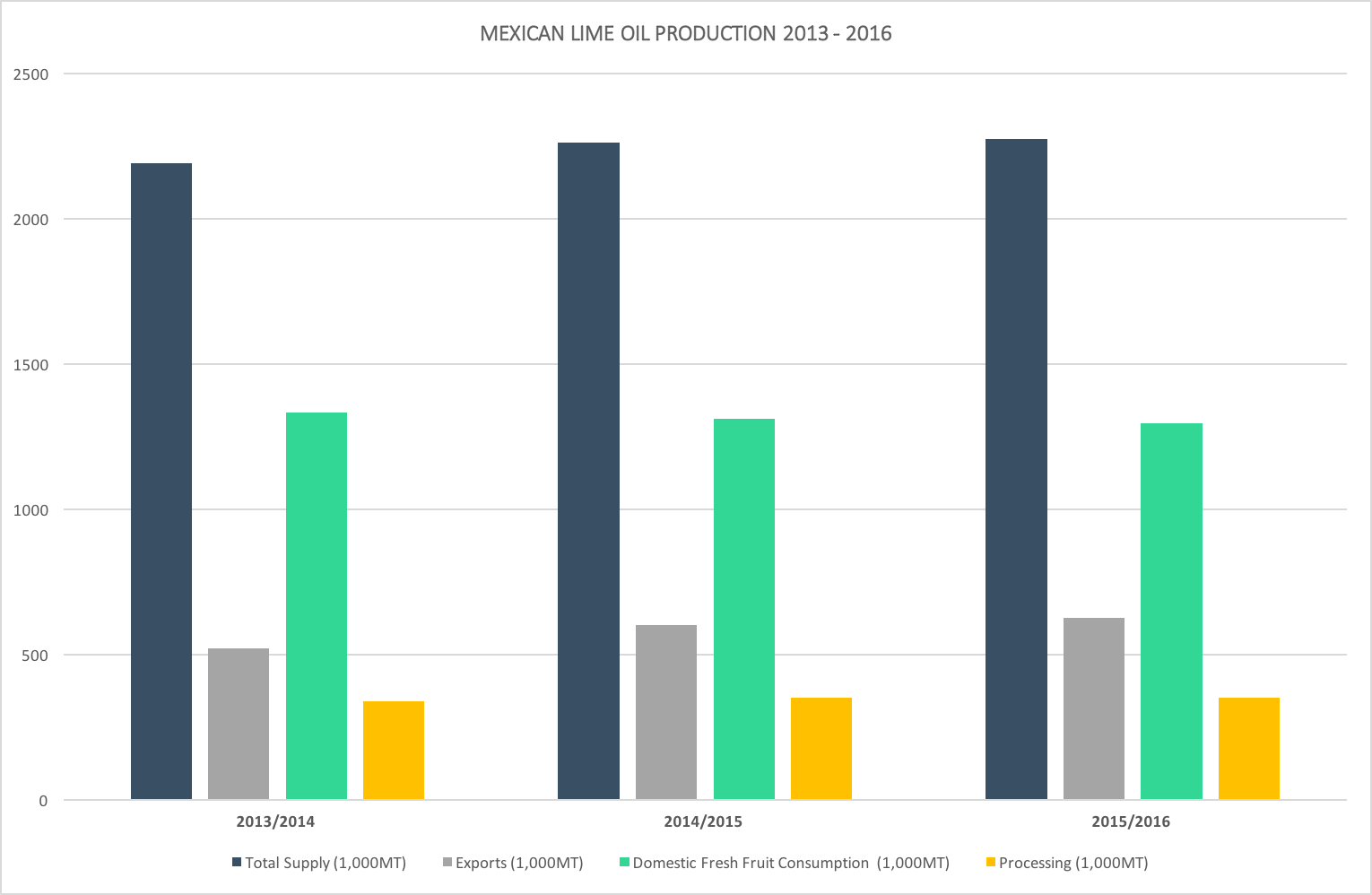
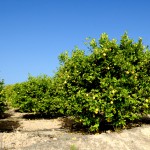
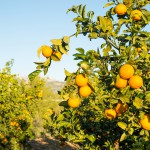
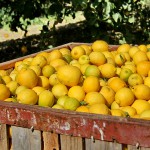
 This figure is consistent throughout Spain with a crop reduction of 24.6% in Alicante, Castellon 25.2% and 20.4% in Valencia anticipated for this season.
This figure is consistent throughout Spain with a crop reduction of 24.6% in Alicante, Castellon 25.2% and 20.4% in Valencia anticipated for this season.